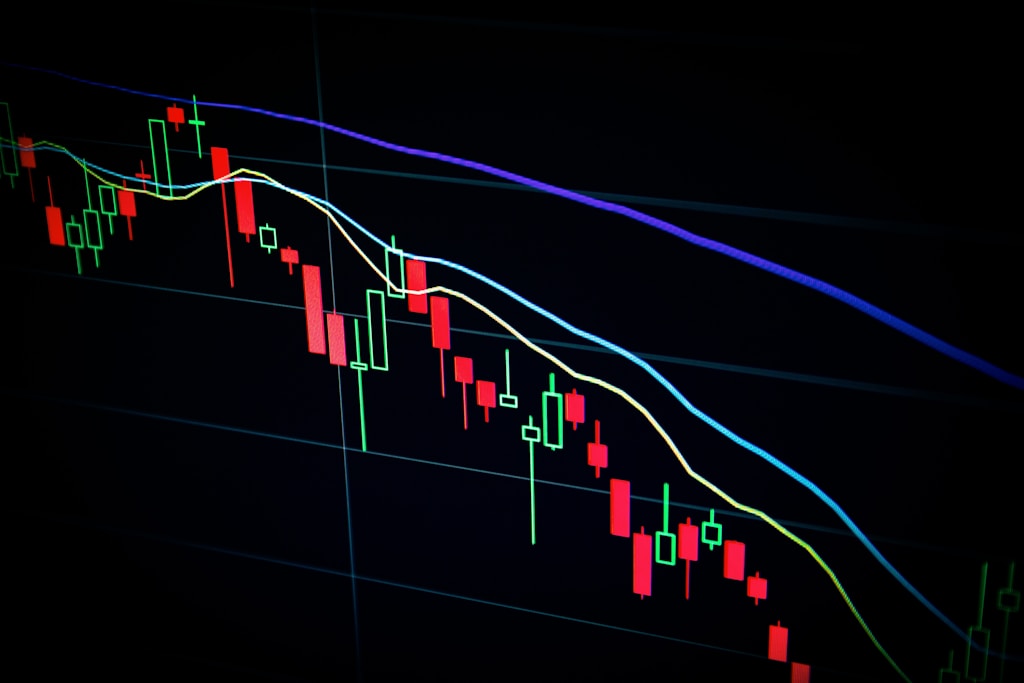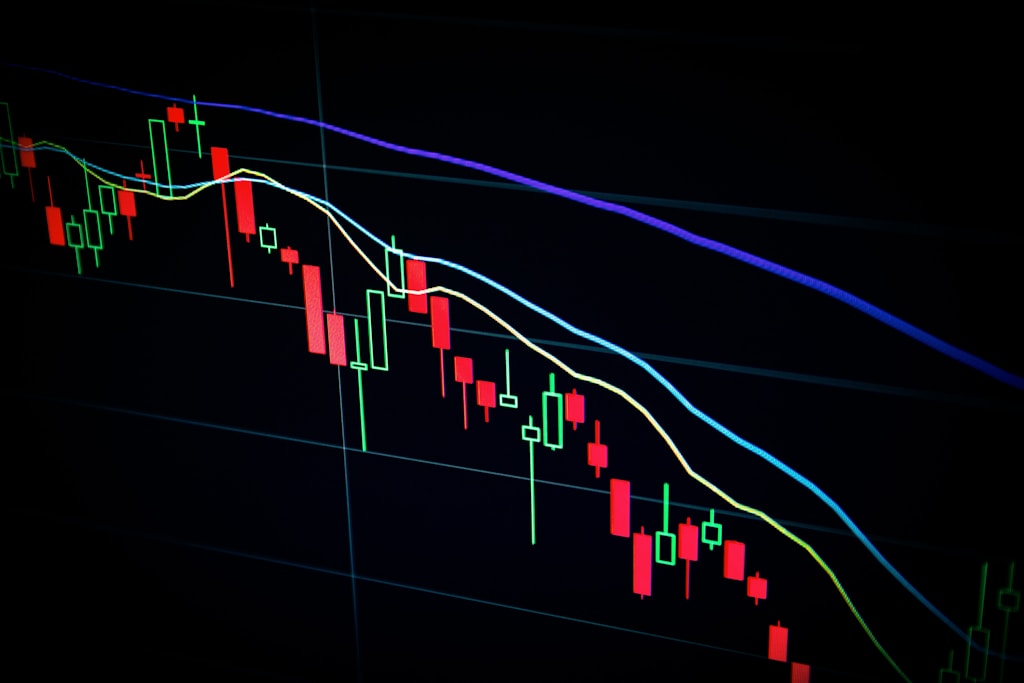Bitcoin (BTC) has triggered a historic Golden Cross pattern, historically a precursor to major bull runs, with analysts projecting an eventual surge to $320,000 after a potential short-term correction. This technical development comes as Bitcoin continues testing resistance near its all-time high of $112,000.
Understanding the Golden Cross Pattern
The Golden Cross, a powerful technical indicator formed when the 50-day moving average crosses above the 200-day moving average, has historically preceded Bitcoin’s most significant rallies. Market expert Kyle Chasse’s analysis reveals impressive historical precedents:
- 2016: 139% price increase following Golden Cross
- 2017: Unprecedented 2,200% rally
- 2020: 1,190% surge leading to previous $69,000 ATH
SPONSORED
Trade Bitcoin with up to 100x leverage and maximize your profit potential
Flash Sale Opportunity Ahead
Despite the bullish signal, Chasse warns of an imminent 10-15% correction before the next leg up. This aligns with recent analysis showing Bitcoin’s UTXO profitability reaching 99%, potentially indicating a short-term pullback.
Key Price Targets
Analysts have mapped out several critical price levels:
- Initial correction: 10-15% pullback expected
- Reload zone: $98,000 – $101,000
- Q3 2025 target: $130,000
- Q4 2025 target: $160,000
- Ultimate target: $320,000
Impact on Altcoins
The anticipated correction could hit altcoins harder, with predictions of 30-40% drops during Bitcoin’s consolidation phase. Investors are advised to manage risk accordingly.
FAQ
What is a Golden Cross?
A Golden Cross occurs when the 50-day moving average crosses above the 200-day moving average, typically signaling the start of a bullish trend.
How reliable are Golden Cross signals?
Historically, Golden Crosses have preceded major Bitcoin rallies, with success rates above 70% in predicting significant uptrends.
Should investors buy during the flash sale?
While corrections offer buying opportunities, investors should consider their risk tolerance and avoid using excessive leverage during volatile periods.
Time to read: 5 minutes







